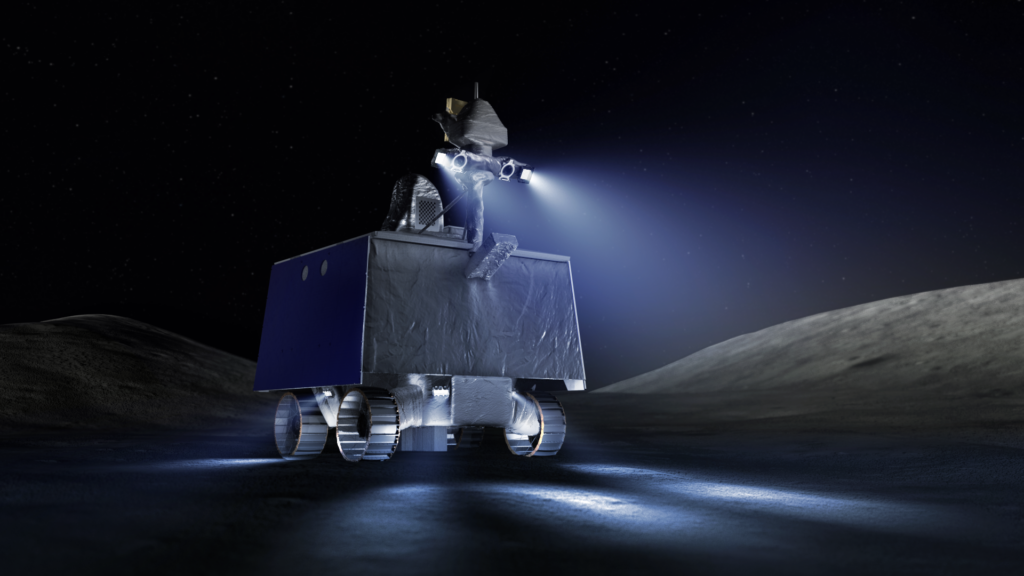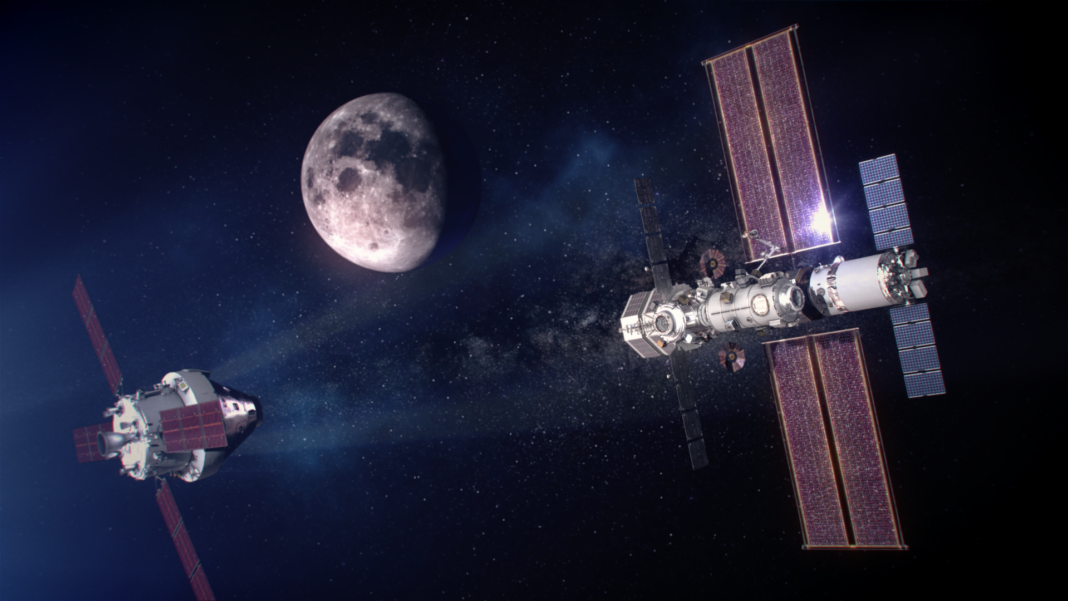Sending humans on deep space projects is a reality, to visit other planets and colonize them. We are technologically ready to take the first steps. Popular imagination embodied in sci-fi stories—such as “The Martian,” with a big station on the surface and Matt Damon stranded on Martian soil growing potatoes; or “Moon,” where Sam Rockwell works for a mining company on the Moon’s surface—won’t be the way to start, though!
Mars is our new Everest and every mountaineer knows that to conquer the summit, we need to build a base camp, not on the top, but close enough for climbers to stay and prepare. After the climbers reach the summit, they come back to the base camp to recover and return home.
What would be a base camp for astronauts near Mars? It would be a space station orbiting Mars.
But, wait, did I say Mars? Before colonizing Mars, we should consider first our closest celestial neighbor. No, it is not Venus—it is the Moon.
The dawn of humans in deep space: the Artemis program
2022 is the year the Apollo program’s sister, the Artemis program, will start, aiming to take humans back to the Moon. The Orion capsule (NASA-ESA collaboration) is scheduled for its first test flight around the Moon and return to the Earth this spring. Yes, that soon!
Although the Orion capsule has a crew module, the first-stage mission (Artemis I) will be uncrewed.
Beyond the new technologies, Artemis has many differences from Apollo. It won’t just go on a series of trips to touch down on the Moon and come back to Earth. Artemis is planning to settle. For that reason, Orion is part of a larger system, a system with a base camp.
Gateway, our first lunar base camp
After twenty years of gaining experience with the International Space Station (ISS), Gateway is the next space station lab to host humans, this time orbiting the Moon. It will have the right environment for humans to stay in for long periods: they can live, work, and store supplies there. Astronauts will depart from Gateway to the lunar surface for expeditions. When their work is done, they will return safely to Gateway, recover, and prepare to go back home.
But why an orbiter base camp and not a surface station? After all, the Moon is only three days away. The Moon is a dusty, harsh environment with high levels of ionizing radiation and extreme day-to-night temperature swings; it is not suitable for long-term residents without protecting a well-conditioned—most probably—ant-like underground structure.
A surface base suitable for humans should be a large structure, which, by the way, would have to be practically entirely constructed from materials from the Moon. Besides, launching large pieces from Earth and landing them on other planets is extremely difficult.
However, we have the technology and know-how to build a comfortable, sufficiently big structure in space, as we did with the ISS. The first Gateway’s modules are already under construction: the Power Propulsion Element, the service and energy module (PPE, NASA contribution); and the Habitation and Logistic Output, the first suite-cabin for the astronauts (HALO, ESA contribution). Gateway will also host the first window observatory on the Moon, the ESA module Esprit.
With these first modules in operation, Gateway will be ready for the Orion capsule to dock, receive astronauts, and support landings on the Moon.
The ISS is our first home away from home, and Gateway will be our first base camp in deep space. The ISS is a lab investigating how outer space affects life, materials, astronauts’ bodies and minds—and so will be Gateway.
Robots will work hand in hand with humans
Robots and rovers will be vital in preparing landing sites, exploring impractical or dangerous places for humans, and, eventually, constructing a surface base. This experience will boost our understanding of machine-human collaboration, paving the way for Mars crewed missions, wherein it will be more challenging to help astronauts from Earth.
The robots, which will outnumber the humans on such missions, will work as diggers, vehicles, labs, and communications stations. Their main tasks include searching and mining for water or opening routes.
For example, the mini geology laboratory Prospect will investigate water accessibility. It will drill to depths of up to one meter and collect lunar samples. Another example is the Volatiles Investigating Polar Exploration Rover (VIPER), which will search for water ice deposits.

Russia and China are racing for the Moon
While Artemis is an American–European joint program (with other possible partners, as NASA states), Russia and China have their own plans for a lunar research station: The International Lunar Research Station (ILRS). Last year, Roscosmos and CNSA signed a memorandum of understanding to build the structure and carry out scientific research activities on the Moon.
Russia and China are not shy competitors. The Russians are veterans of space. They built the first space station ever, the Salyut (launched in 1971), the precursor of Mir and the ISS. Roscosmos provided essential ISS modules and has been the only agency transporting astronauts continuously to the ISS for over 20 years.
Artemis: the overture for human conquest of Mars
The Artemis program is a big step towards the first “small human steps” on Mars. It will help prepare astronauts for long-haul flights and stances and safely return home: only flying to Mars is about a six-month trip! So far, Russian cosmonaut Valery Polyakov holds the record of 437 days (1994 to 1995) in space at the Mir station—a bit more than a year—, followed by NASA Astronauts Scott Kelly and Christina Koch (holding the women’s record) with 340 and 328 days, respectively at the ISS.
Part of the Artemis program is for astronauts to stay at Gateway for several months to simulate a Mars mission. As a practice run, for example, “two crew members will live and work aboard the orbiting outpost while the other two head to the lunar surface in a reusable human landing system. Eventually, they will reunite back in space to continue working together aboard the Gateway before returning home in Orion.” NASA mentioned.
In the following decades, NASA aims at “learning more about the Martian environment, common Moon–Mars systems, and developing Mars-specific technologies.”
So, how useful would an orbiting base camp have been in The Martian? Well, Matt Damon could have been easily spotted and rescued for recovery in a Martian space station, but that would have been a ten-minute movie.





